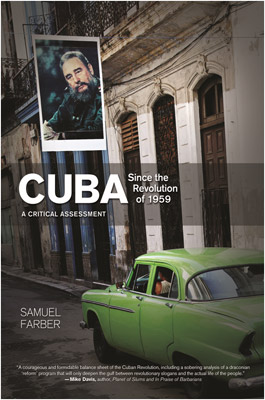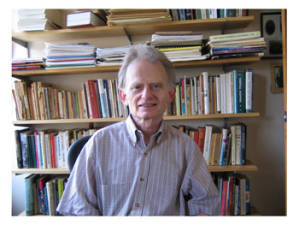Cuba Since 1959, a Critical Assessment
 HAVANA TIMES, Dec 3 — A new Cuba book by professor/author Samuel Farber provides both valuable history and analysis of the island’s now 52-year-old revolution.
HAVANA TIMES, Dec 3 — A new Cuba book by professor/author Samuel Farber provides both valuable history and analysis of the island’s now 52-year-old revolution.
With a very accessible style, Farber manages to communicate to a broad audience from scholars to those just getting to know the Caribbean island nation.
Samuel Farber was born and raised in Marianao, Havana, and came to the United States in February 1958. His books on Cuba include Revolution and Reaction in Cuba, 1933-1960 and The Origins of the Cuban Revolution Reconsidered.
Farber was active in the Cuban high school student movement against Batista, and has been involved in socialist politics for more than fifty years.
HT received permission from the author and the publisher Haymarket Books to let us publish some excerpts from his book and we will run Part One of six installments starting on Monday Dec. 5.
Jeffery R. Webber, Queen Mary, University of London, author of “From Rebellion to Reform in Bolivia: Class Struggle, Indigenous Liberation and the Politics of Evo Morales” had this to say after reading Farber’s latest:

“Samuel Farber’s work on Cuba has long championed revolutionary democratic socialism from below. His latest book, a sophisticated and nuanced historical synthesis of the Cuban Revolution since 1959, provides an indispensable guide to the politics of a tiny island state that helped determine the history of Latin America and the dynamics of the Cold War in the latter half of the twentieth century.
“With a magisterial grasp of historical detail, and an incisive analytical eye, Farber offers an unparalleled cartography of the ideological debates and political outcomes of Cuba’s economic development, foreign policy, socio-cultural fluctuations in race and gender, and working-class and peasant realities under the rule of the Castro brothers.
“While acknowledging achievements of the revolutionary process in education and health, and defending Cuban sovereignty against imperial intervention, Farber shatters many of the idyllic myths propagated by left-wing apologists for the regime’s authoritarianism.
“The geriatric transition from Fidel to Raúl seems to promise a strategic shift toward a Cuban version of Sino-Vietnamese, state-led capitalism. A revolutionary democratic alternative, Farber shows, will only be possible through socialist resistance from below.”
We look forward to bringing you the six installments!






I too look forward to the six-part series. Am especially interested to know what Farber’s idea of a “revolutionary democratic alternative” to the present system might be. Will he speak in favor of private productive property rights, with an emphasis on cooperative, directly-owned worker enterprise? Or, on retention of full state ownership of productive enterprise but with the gift of democracy in the workplace (as do other critics of state monopolism seeking to rescue the personality cult of Marxism)?
Sam Farber is a vivid example of intellectual and political honesty. And this book, which I do not know yet, will be another essential piece of the Cuban historiography. I greet and congratulate him for this new contribution.